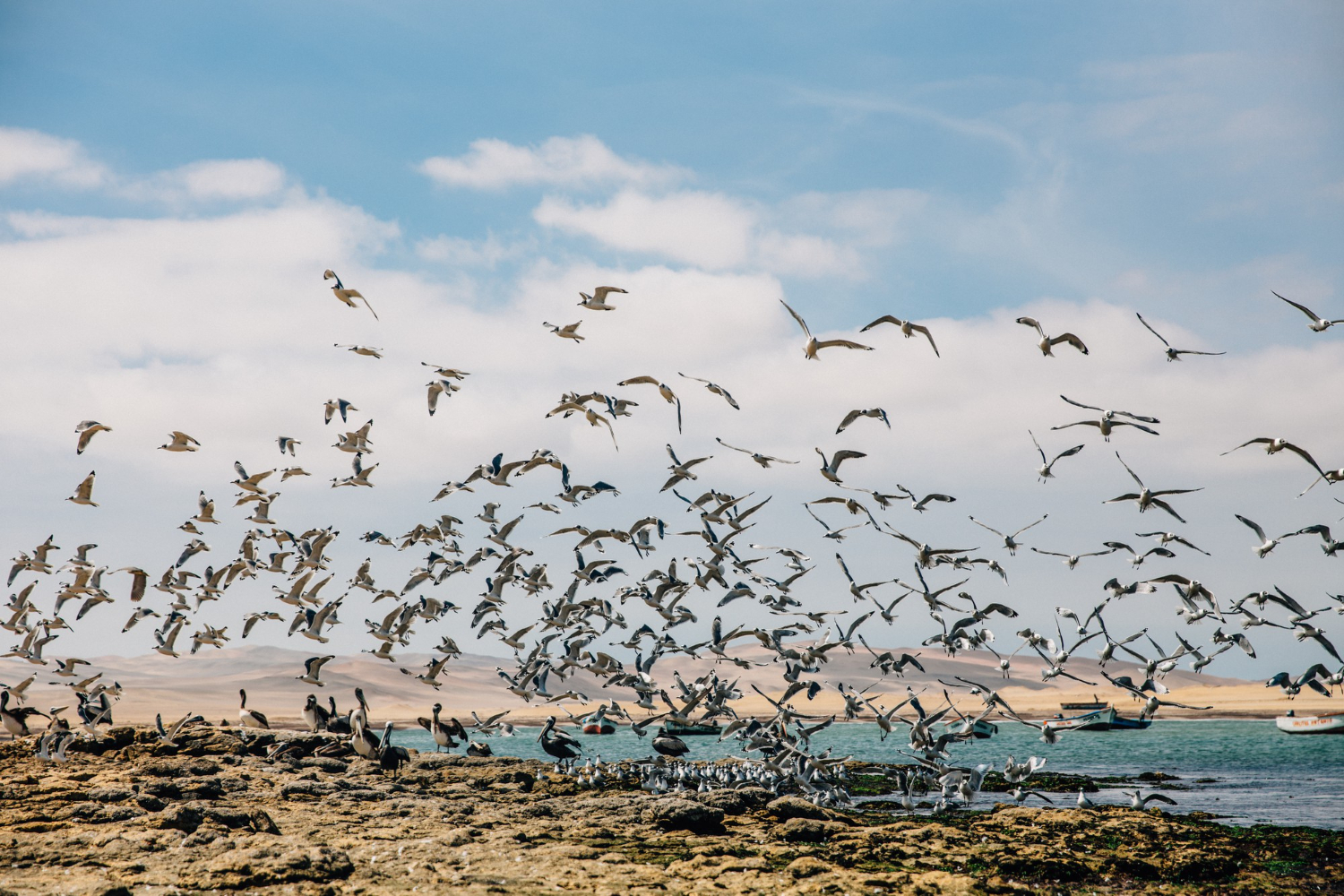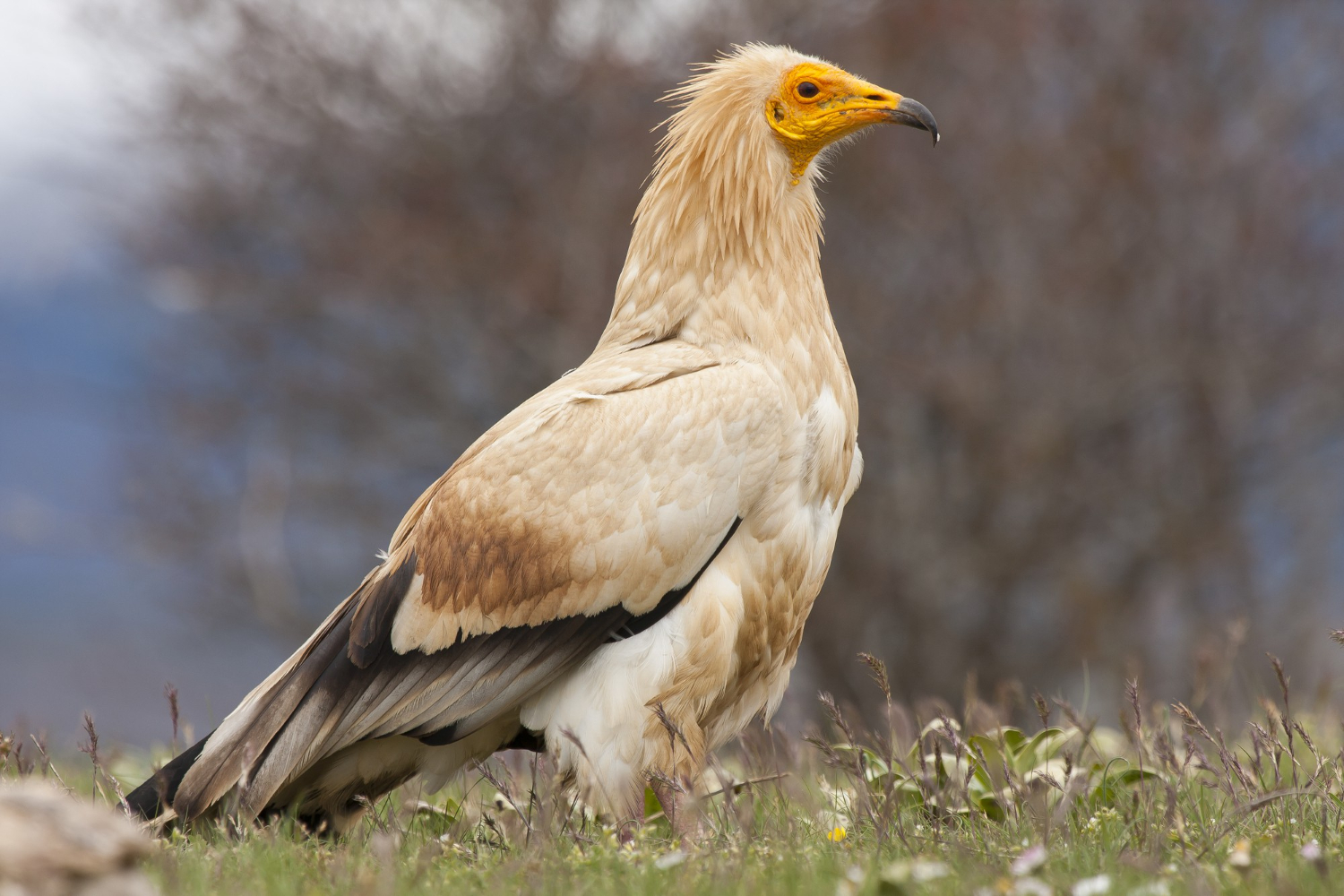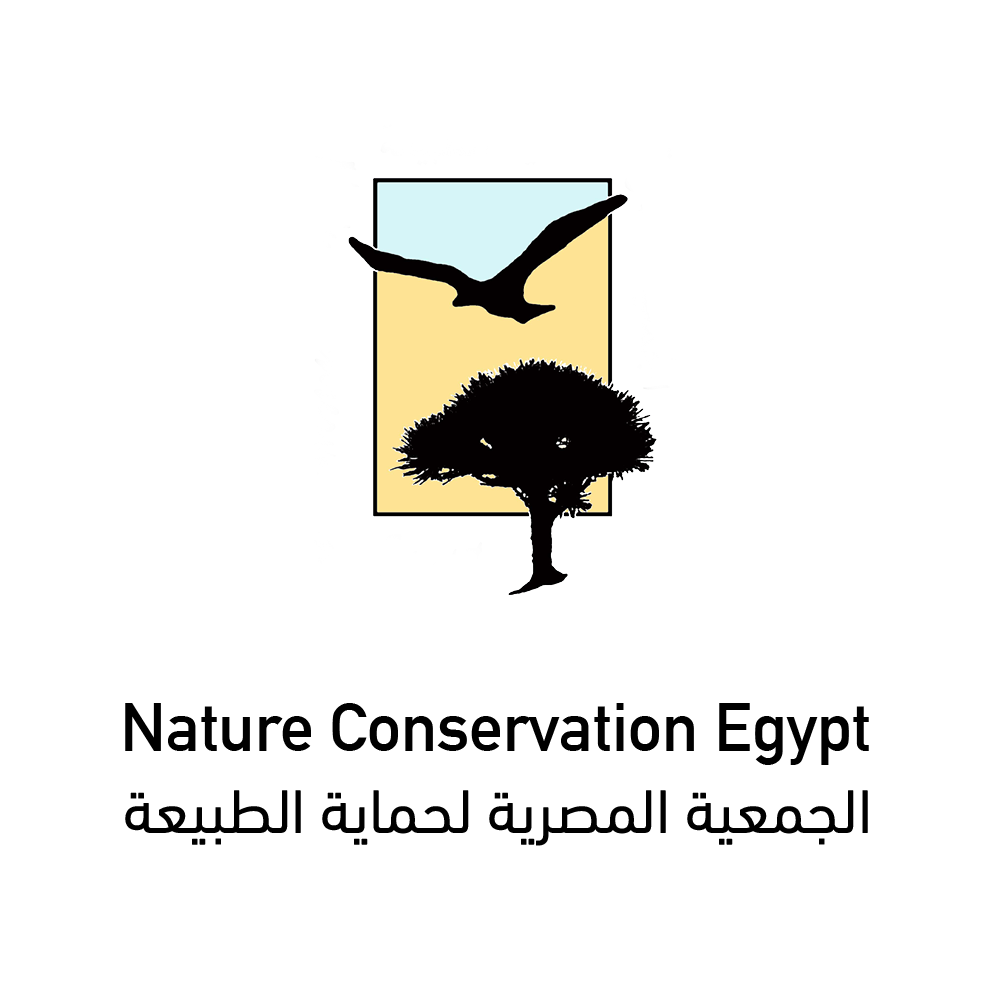Now that I am in my mid-thirties, I still remember and often sing a poem I studied in my third year of primary education, entitled Āhy lāw konto ātir (Oh, If I Could Fly). The lyrics went on like this:
Oh, if like a little bird I could fly
I’d go so high, heading towards the sky
I’d embrace the serenity of trees and waters
And move about freely, under the Lord’s eye.
Perfect as the life of birds might seem, many in fact are facing serious threats. According to BirdLife International—a leading long-established international organization in the field of bird conservation—there are more than 11,000 species of birds out there. However, the numbers of birds are declining at a shocking rate. One in eight species is threatened with extinction, with 223 species classified by the International Union for Conservation of Nature (IUCN) as critically endangered.
.png)
Birds are of crucial importance to their ecosystems, and hence to life on Earth as a whole. Since birds are usually located on the high end of food chains, they are very useful in assessing the status of biodiversity in their habitats. Changes in bird populations in a specific region would indicate broad environmental changes in it.
Moreover, birds play a critical role in controlling the populations of insects in natural systems. Many serve as scavengers of the bodies of dead animals; they clean up wastes and turn them into nutrients that are essential to maintain life. This also prevents the spread of deadly diseases. Birds also spread seeds and pollinate around 5% of the plants that humans use for food or medicine.
The protection of habitats is a well-known measure in the conservation of wildlife in general, and birds are no exception. However, unlike most animals, birds are on the move as annual migration is an integral part of the avian life-cycle. Birds regularly fly tens of thousands of kilometers in search for more convenient ecological conditions, safer habitats, food, and mating grounds. They migrate, in Springs and Autumns, through established flyways, mostly from North to South and back, to take advantage of the booming insect populations and budding plants as the weather warms.
As their migration journeys cross borders, birds have made it possible to foster conservation efforts between governments, NGOs, and experts on the international level. As such, they have long cooperated to determine the areas or habitats that require protection, also known as Important Bird Areas, or IBAs.
Important Bird Areas (IBAs)
Important Bird Areas (IBAs) are sites identified as being of global importance for the conservation of bird populations on the basis of an internationally agreed set of criteria. The Program carrying the same name was launched in Europe in 1979, as a cooperation between the International Council for Bird Preservation (now BirdLife International) and another wildlife conservation organization. A working group was established to develop criteria of selection for such sites, and its first output was identifying 694 IBAs in Europe.
Very few years later, the IBA concept went beyond Europe when the Program began to identify priority sites for the conservation of European migrant birds on their wintering grounds in Africa. It then extended to many other parts of the world, as BirdLife International launched the standardized global criteria for determining IBAs. To qualify as an IBA, the site must comply to one of the four categories of the global IBA criteria (A criteria): the presence of globally threatened species (Criterion A1), range-restricted species (Criterion A2), biome-restricted species (Criterion A3), and large congregations (Criterion A4).
Subsequent regional and local inventories of IBAs were then developed around the world by Birdlife Partners and other organizations. These inventories were compiled and curated in a central database maintained by BirdLife International. The databases helped in developing and guiding the conservation strategies of IBAs around the world. Local governments and NGOs in different countries started focusing their conservation activities on their identified IBAs, and efforts were mobilized to help protect, monitor, and manage them.

IBAs of Egypt
According to BirdLife Data Zone, the total number of bird species in Egypt are 378. Of them, 91% (346 species) are classified as Least Concern by the IUCN, meaning they are plentiful in the wild, 15 species are classified as Near Threated, 12 as Vulnerable, and five as Endangered. The five endangered species are the Egyptian Vulture, the Bateleur, the Lappet-faced Vulture, the Steppe Eagle, and the Saker Falcon.
The majority of Egypt’s bird species—297 out of 378—are migratory birds. Egypt is situated on internationally important migration routes for birds traveling between their breeding grounds in Eurasia and their wintering sites in Africa. It is the only land bridge between Eurasia and Africa. Hundreds of millions of birds pass through the country—northwards or southwards—in Springs and Autumns. Many of these birds spend Winters in Egyptian wetlands, making them internationally important wintering grounds for water birds.
There are 34 IBAs in Egypt, covering a total area of 36174 square kilometers; 21 areas host globally threatened species (Criterion A1), nine areas host biome-restricted species (Criterion A3), and 24 areas host congregatory species (Criterion A4). Some of Egypt’s IBAs are luckily within nature protectorates, such as Ras Muhammad, Nabaq, Wadi Elrayan, Gebel Elba, and Zaranik. Other IBAs include fresh water bodies, such as the Aswan reservoir, Lake Bardawil, Lake Manzalla, Lake Burullus, Lake Idku, Lake Maryut, and Lake Qarun.

Threats and Conservation Efforts
IBAs in Egypt are facing a variety of threats, such as habitat destruction, pollution, and over exploitation of resources. Habitat destruction occurs mainly due to unregulated development, leading to losing the birds’ natural habitats to land reclamation, overgrazing, among others. Pollution can occur due to uncontrolled solid waste dumping, as well as oil spillage accidents, which pose serious threats to seabirds. The over exploitation of resources can be exemplified by overhunting. According to the Egyptian Ministry of Environment, one million to two million birds are netted, trapped, and shot every Autumn along the Egyptian Mediterranean coast.
The Egyptian Government is currently developing the IBAs Conservation Program, aiming to monitor, conserve, and sustainably manage IBAs. The measures include increasing public awareness and promoting the involvement of local people, NGOs, and businesses in the conservation and management of IBAs.
One leading NGO in the field, which works hand-in-hand with the Egyptian Government, and is also a BirdLife Partner, is Nature Conservation Egypt (NCE). The organization is carrying out promising programs, including “The Egyptian Vulture New Life: Securing the Egyptian Vulture Flyway”, which addresses the conservation of one of Egypt’s five endangered bird species.
The IBAs Conservation Program also aims at encouraging environmentally friendly economic activities, such as nature-based tourism, at the IBAs. According to the Ministry, nature-based tourism—such as birdwatching tourism—has been a flourishing economic activity in Egypt during the last few years, taking place in IBAs such as Zaranik and Saint Katherine in Sinai, as well as some Red Sea islands.
******************************************
Birds, as diverse, pleasant, and vibrant as they seem, are truly impressive and they add an undeniable touch of beauty to our world. Perhaps you and I need to further explore the realm of birds and learn more about the amazing species around the globe, such as the houbara bustard, the cassowary, the Victoria crowned pigeon, the green aracari… It is an endless list.
As a child, when the sky view was much wider from the balconies of our city, I always loved watching the patterns of flying bird flocks. Now, I still bless the precious morning encounters with pigeons resting on my ledge, and enjoy their soothing cooing. I wish, one day, I could have more of these pleasant neighbors.

References
birdlife.org
eeaa.gov.eg
natureegypt.org
Donald, Paul F., et al. “Important Bird and Biodiversity Areas (IBAs): The Development and Characteristics of a Global Inventory of Key Sites for Biodiversity.” Bird Conservation International, vol. 29, no. 2, 2019, pp. 177–198., doi:10.1017/S0959270918000102.